Increasing Parent Awareness about STEM Education
A MiddleWeb Blog
“I wish I knew the answer to your question.”
That was my reaction when I read a comment on my recent post, STEM Summer Activities, from Caroline (Cal) Goode, a STEM curriculum writer and science education consultant who’s been a guest author here at STEM Imagineering. She wondered:
“How do we get the message out to parents? I find that many parents still don’t understand what STEM even means. So, how can we do more to educate parents? Does anyone know of a successful working model?”
Inspired by Cal’s wonderings, I set out on Google to see what answers I might find. Here’s some of what I discovered:
• A few clicks of the mouse and I located a document from the Committee on K-12 Education titled “A Letter on STEM Education to America’s Parents.” This two-page letter makes the case for STEM education (world-class education, decent jobs, etc.) It then proceeds to ask parents to force policymakers to take necessary steps to improve the education system so that STEM can be better taught. For example, parents are asked to demand everything from charter schools, to better-prepared teachers, to adoption of the Common Core Standards. I couldn’t actually decide how they got this letter out to parents. I noticed that some newspapers (“Diverse Issues in Higher Education,” for example) did make mention of it. So there’s that. Moving right along . . .
• Then a flash of inspiration hit and I clicked my way over to the National PTA site. I learned that Samsung and the National PTA have partnered on a STEM video competition. The PTA has also formed an alliance with the FIRST program to promote the importance of STEM in K-12 education. Since the PTA offers monthly e-newsletters to those who sign up, I’m assuming that these contain STEM information. I signed up, of course, but haven’t received a newsletter in the last 10 minutes so I can’t say for sure.
• Further searching brought up a newsletter – The Daily in Depth Cause News – that reported on PTA STEM advocacy activities in California, Delaware, and Connecticut. Obviously the PTA is working to get the information out to parents.
• Aha! Finally I clicked my way to a research study, “Parents Are an ‘Untapped Resource’ to Push STEM,” reported on in the Curriculum Matters blog at Education Week (May 30, 2013). The sentence that caught my eye: “A new study suggests that a fairly simple intervention with parents can translate into their teenage children getting more STEM education.”
Simple intervention? I was hooked.
Turns out that the “intervention” was two glossy brochures and a link to a website. These resources highlighted the value of studying STEM subjects and suggested ways to talk with teenage children (10th and 11th graders) about STEM. Students of parents who received this information in the mail, the study found, took one semester more of science and math in the last two years of high school than students from a control group of families who did not get the brochures and website link.
The effect of this simple intervention led to a real difference in the number of elective, advanced math and science courses taken such as calculus, statistics, and physics. (You can download the actual brochures used in this study here and see the website here.)
Design Your Own STEM Brochure
The research cited in the EdWeek article suggests a doable plan for getting the STEM message out to parents. These seem to be the steps needed:
Having experienced some initial success in answering Cal’s questions, my clicking energy level took on new life. I discovered something that makes the brochure approach even more valid as a parent communication method.
According to an article in the Journal of Technology Education, parents have limited knowledge of STEM careers, especially in regard to information technology and engineering. Parent influence is especially important to teens during the high school years when they are thinking about careers. Teens do value their parents’ input. Voila, parents need basic information to nurture and support their teens during this critical time in college and career exploration.
Short version: Parents don’t know what they need to know about STEM and it’s hurting their kids. So put a “thumbs-up” by the Parent-STEM Plan above: (1) Find out what parents need to know and (2) put it in a basic, usable STEM guide that can be (3) successfully distributed to parents.
Who should provide the info?
If that seems like a workable procedure, then let’s explore the “who” question. I suggest a partnership between a knowledgeable teacher and a passionate parent to develop the information, identify the web links, and design the STEM-guide brochure.
The next hurdle will be getting a bunch of these brochures run off. The first ones will probably go to the parents of 10th graders. Depending on how large the school is, this could be a significant amount of printing. Consider bringing business and industry in as STEM partners at this point. After all, they will reap the benefits of students with good STEM skills. If you don’t have a printing business in your community to run these off for you, try asking some businesses that have their own copy machines if they will run these off for parents in their community.
Now tackle the distribution problem. How are you going to get these STEM guides into parents’ hands? If you have a PTA or PTO, then that organization might mail them. Or you could ask a business for money to mail them. Discourage anyone from deciding to give them to the students to give to their parents. These will be more effective if they come directly from the school (or another organization you represent) to the parents. However, it might be a good idea to give students a look at STEM guides since they will be the ones taking the coursework.
We have a place to begin
Hopefully I’ve answered some of Cal’s questions. I’ve enjoyed fishing for the answers and I think the EdWeek article offers a first step in solving this problem. To summarize: now we know one way of getting the message out; we have a procedure for educating parents; and we have research that says this is a working model.
Questions, anyone? What implications might all of this have for teachers, parents and STEM studies in the middle years?

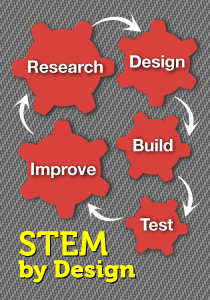
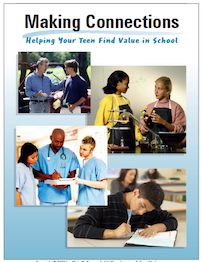
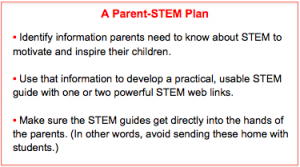
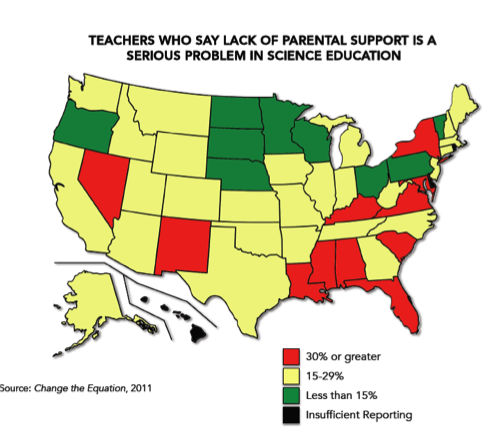








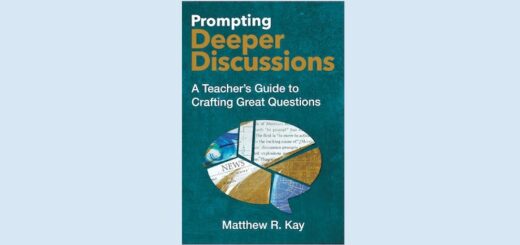

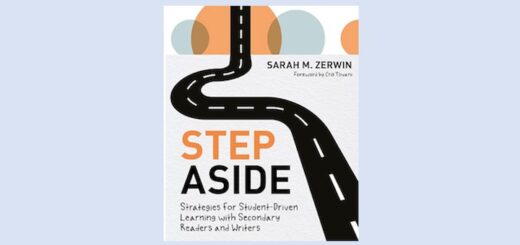
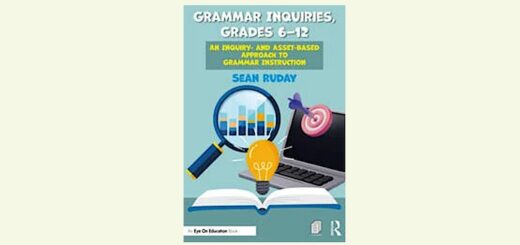
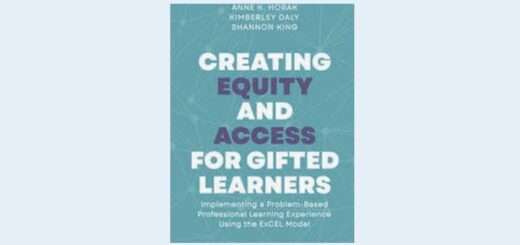

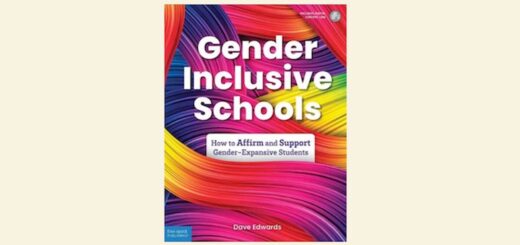
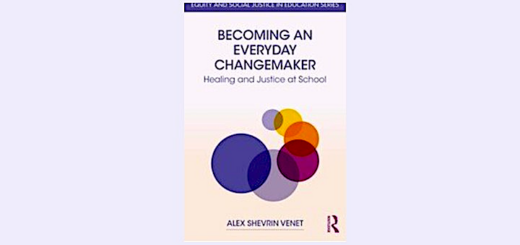
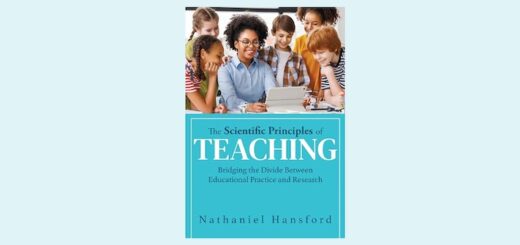
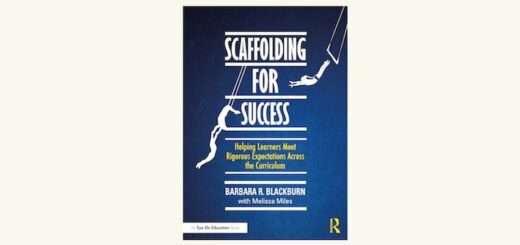
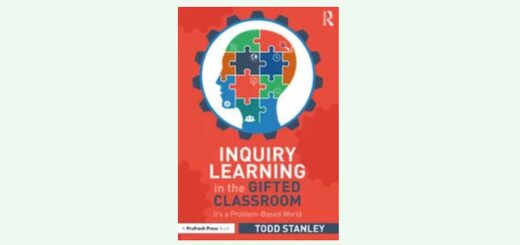
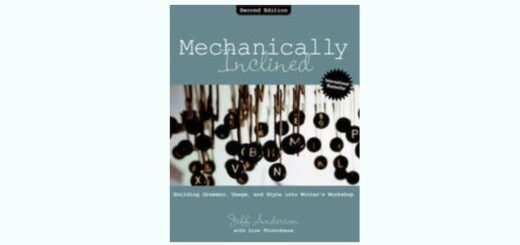
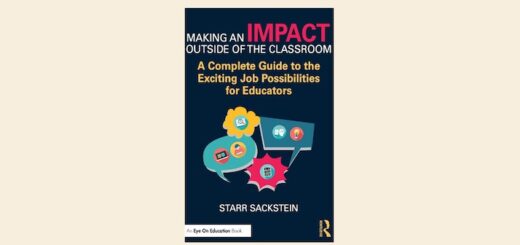
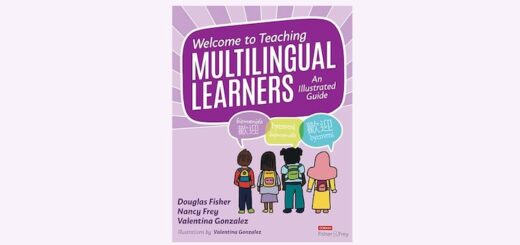
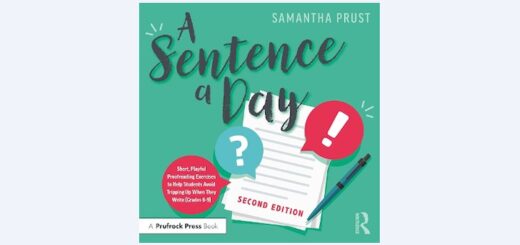
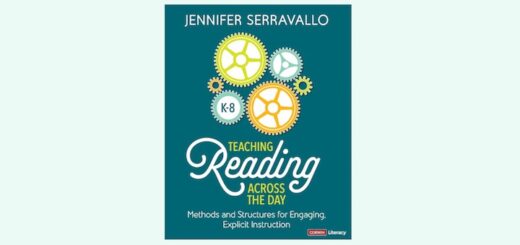
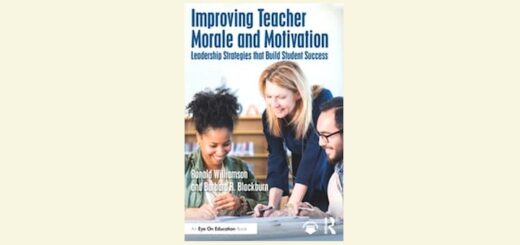
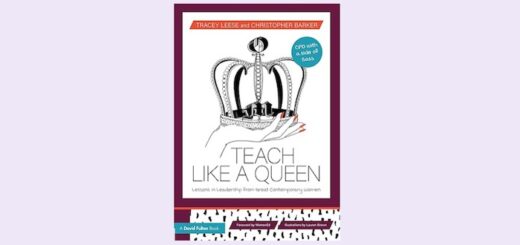

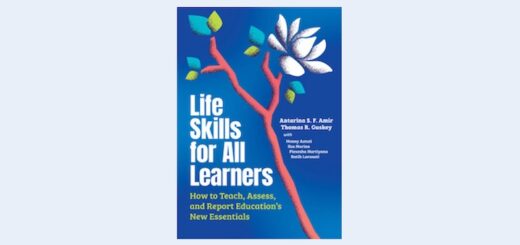
Wow, Anne, you are a true STEM ferret, aren’t you?? I love the Parent STEM Plan and will send it out to my NSTA Science Matters in MA K-16 educators along with some of your tips and a link to this blog post. Thanks so much for your hardwork.
Thanks Anne — love the article — I’ve forwarded the information to the chair of our marketing committee so that we can get started! I’ll keep you posted. laurie
Thank YOU, Laurie! I hope that this works for your marketing committee. Let me know . . .
I look forward to hearing whether or not folks connected with this approach. Thanks for stimulating the content for this blog post.
Great article. I have found that hosting a Family Engineering Night (FamilyEngineering.org) is a great way to get some of the parents involved and aware of what a district is doing. The last two years I had my High School Engineering Club host a night for district students and their families from 4th – 6th grade and the feedback has been great. One of the best things is that the organization has a book with hand outs steps and directions that are very helpful and can walk you through the entire process from planning to followup.
What a great idea, Lynn. Your post raises all sorts of logistical questions in my head. What sorts of activities did you host during this event? I plan to go to FamiLyEngineering right now and get a copy of the How To book. Thanks so much for sharing this information.
The first time we stuck to activities out of the book. It has tons of options and all the supporting hand outs needed. The second time my students choose to do a version of squishy circuits for one of the nights 2 main engineering challenges. One of the best things about the schedule they recommend is that you start the evening as people arrive with simple challenges the families can easily do alone at stations around the room. (We used the cafeteria.) That way people have things to entertain them before you actually start and families who arrive late don’t miss the introductions and opening remarks. As far as I know I am the first person to ever have High Schoolers host instead of college kids or adult volunteers. They needed a lot of direction and I should have done more to make sure the advertising got out but we all learned quite a bit through the process.